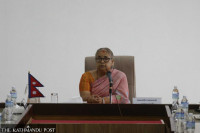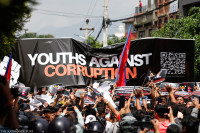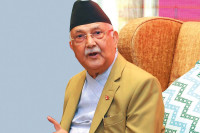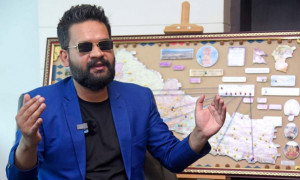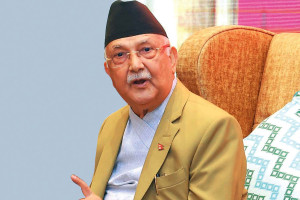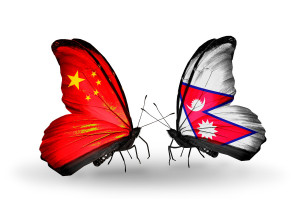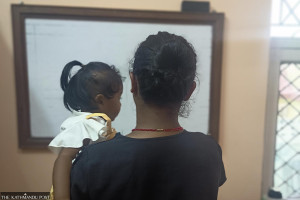Editorial
New head, old headache
The energy minister is doing the country a disservice by meddling in Nepal Electricity Authority.
Until eight years ago, the Nepal Electricity Authority (NEA) had for long been at a loss. The year 2017 was the turning point for the key state agency. It was the year Nepal ended hours-long residential load-shedding. The country made some encouraging progress in electricity generation in the past few years, electrifying rural parts of the country, upgrading and expanding transmission lines. More importantly, the country has shed its old dependence on electricity imported from India, as it has now started exporting energy not only to the southern neighbour but also to Bangladesh. This is one of the very few success stories of Nepal in recent years.
However, some recent developments have cast a shadow over the encouraging trajectory of the public utility. The spate of disputes between the energy minister and the NEA chiefs has been frustrating. Minister for Energy, Water Resources, and Irrigation Dipak Khadka spent months arguing with the then NEA Managing Director Kulman Ghising. After a protracted wrangling, Khadka, with the backing of Prime Minister KP Sharma Oli, sacked Ghising in March—just a few months ahead of his slated retirement. Khadka was bent on removing Ghising despite a large section of people crediting the NEA chief for ending perennial load-shedding. End of perpetual power cuts and other achievements in the energy sector were possible because of years-long efforts made by successive governments, various agencies, private hydropower developers and even development partners. It would thus be unjust to credit a single person for it all. But Ghising certainly played a role in reforming the NEA and the overall energy sector.
In less than two months after replacing Ghishing, Minister Khadka has already started locking horns with new NEA Managing Director Hitendra Dev Shakya. The public utility has been unable to pass its annual budget due to the tussle between Khadka and Shakya. According to NEA insiders, the discord stemmed from the minister’s unwarranted interference, even in the public utility’s regular works. In the meantime, the NEA, which had been posting remarkable profits in recent years, saw a decline of Rs5 billion in its profit last fiscal, according to a report presented by Shakya earlier this week. The minister’s support of a group of industrialists who defaulted in paying the NEA’s electricity bill looked unnatural. There has been no progress in recovering billions of rupees from the defaulters—years after they were provided with dedicated electricity at the time when the general public were facing hours-long daily power cuts.
This series of events indicates a heavy involvement of vested interests, which in turn may weaken the hard-earned progress in the energy sector. In view of this recent progress, Nepal is seen as a potential player in the regional energy trade as well; the boom in Electric Vehicle adoption in the country has drawn the world’s attention. While Nepalis have adopted EVs spontaneously, the adoption of electric stoves is too slow. The government has to come up with an attractive scheme to encourage people to do so. At this crucial juncture, it is vital that the leadership of the government, the ministry and the NEA work in close concert and in the larger national interest. Yet not much can be achieved if the energy minister keeps meddling in the NEA and blocking important reforms.




 23.12°C Kathmandu
23.12°C Kathmandu